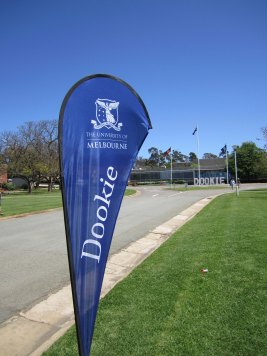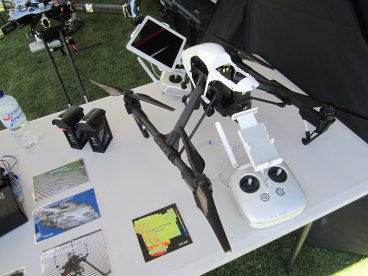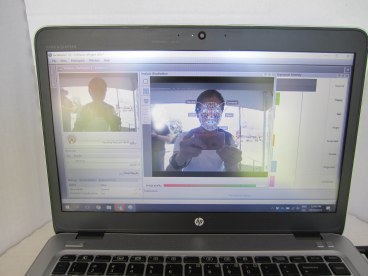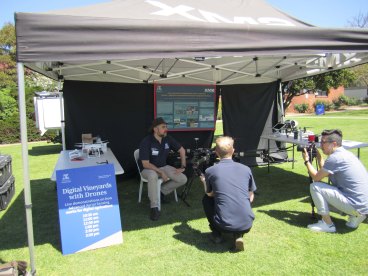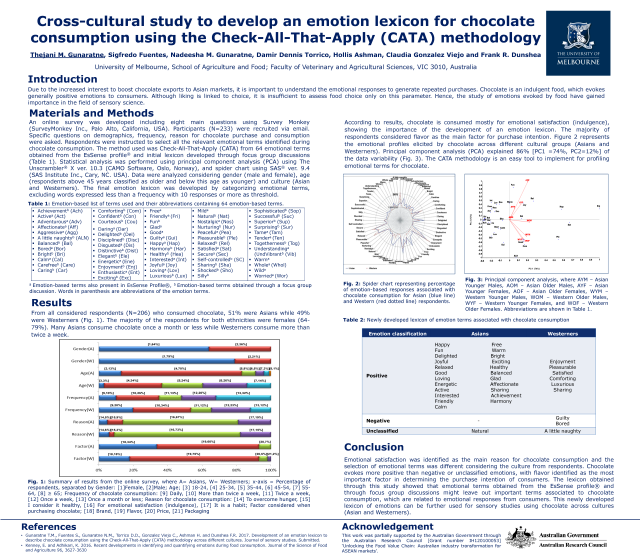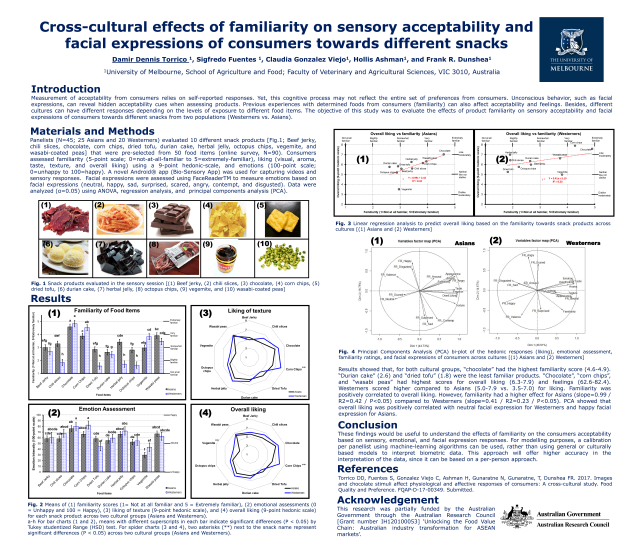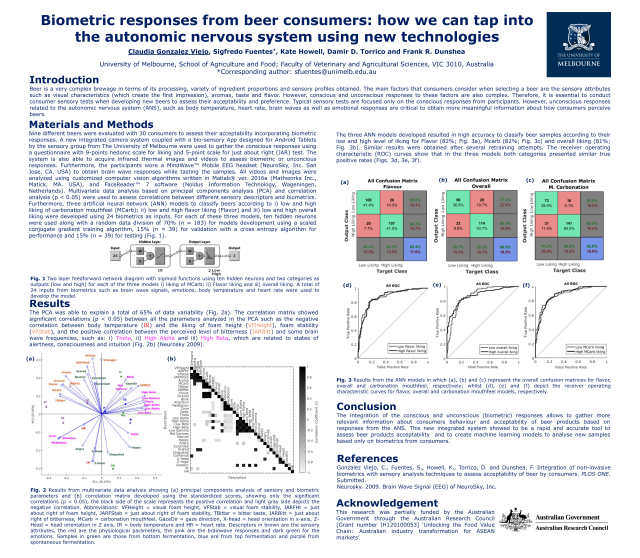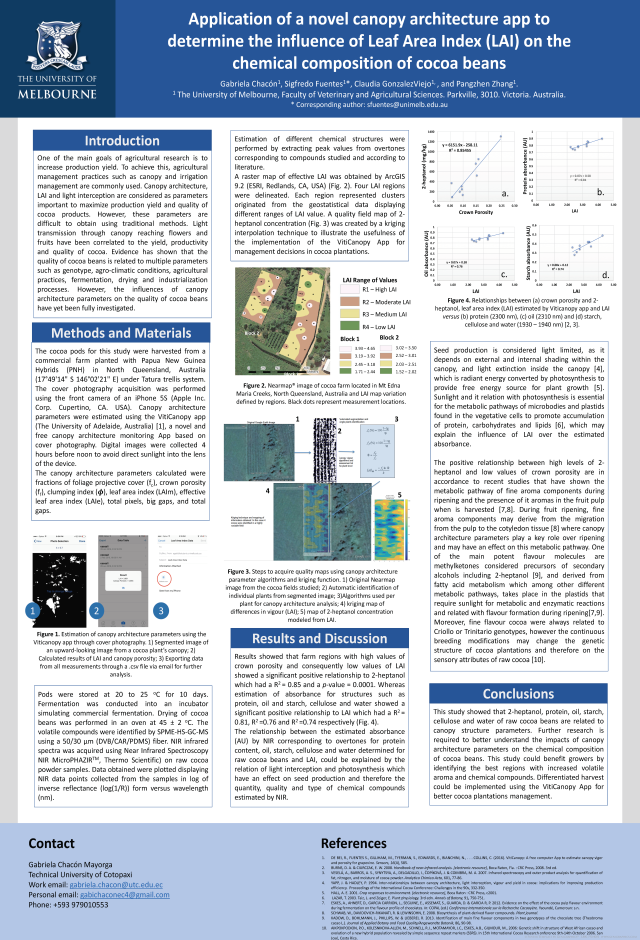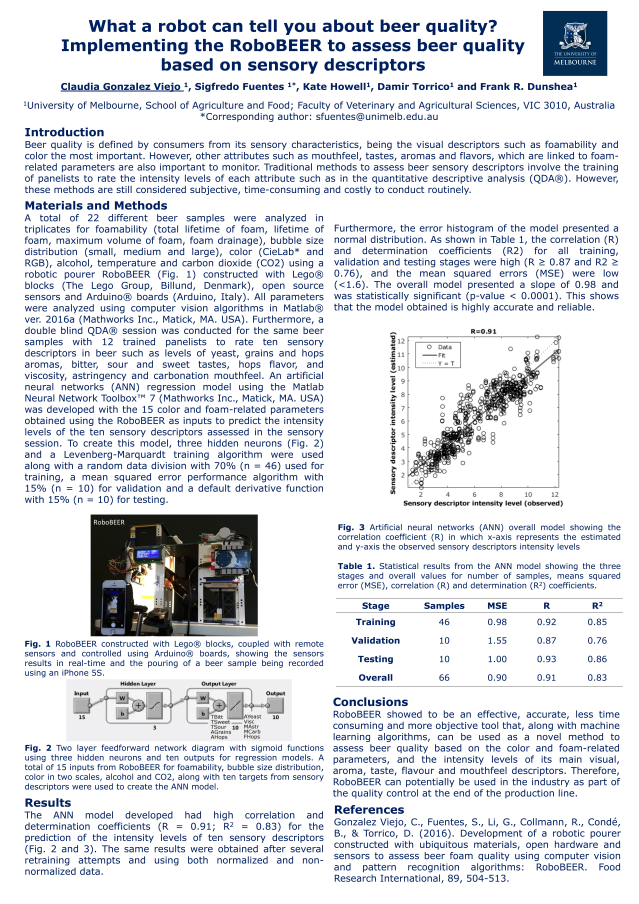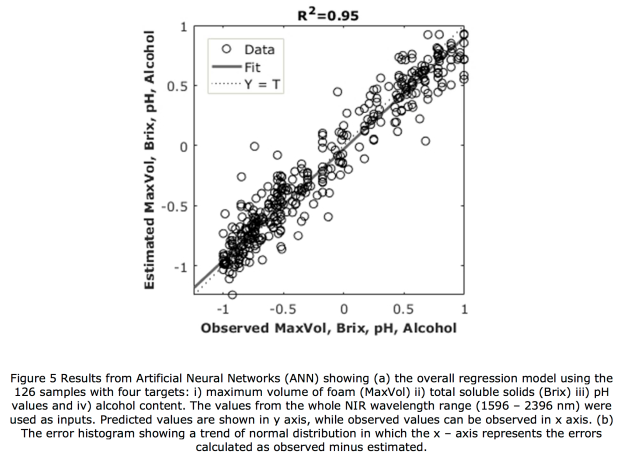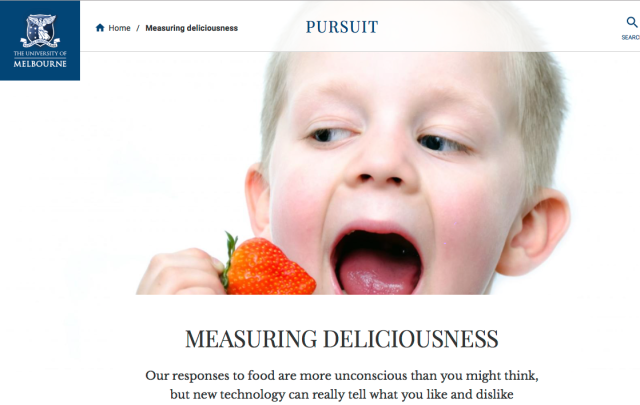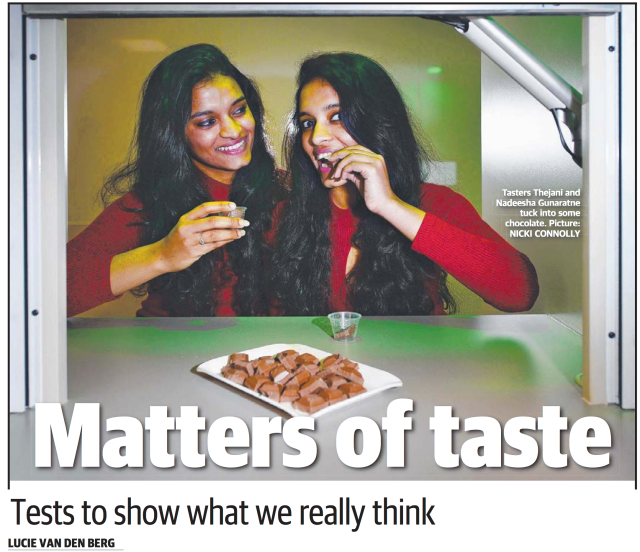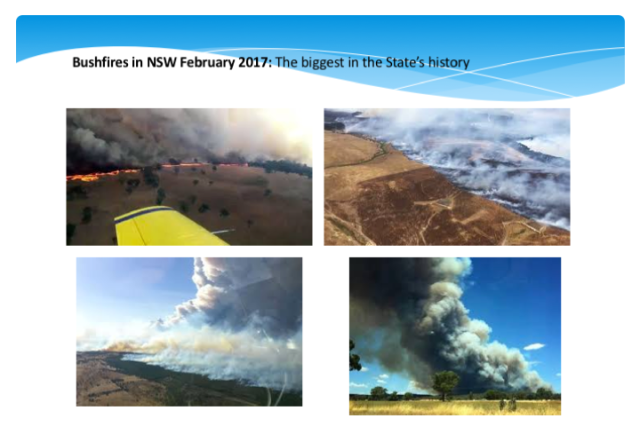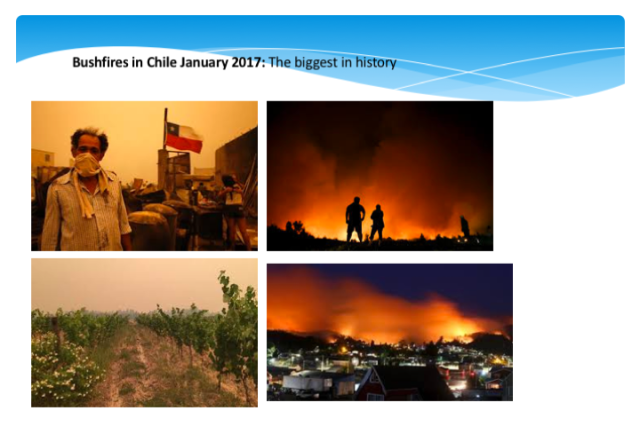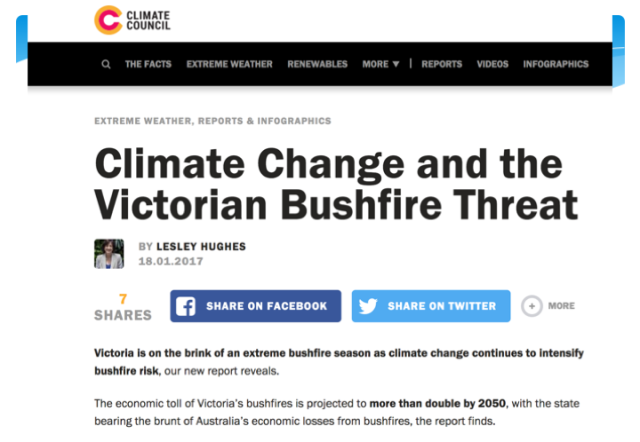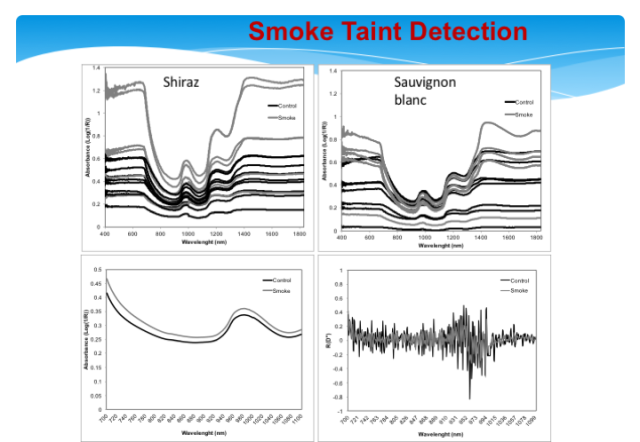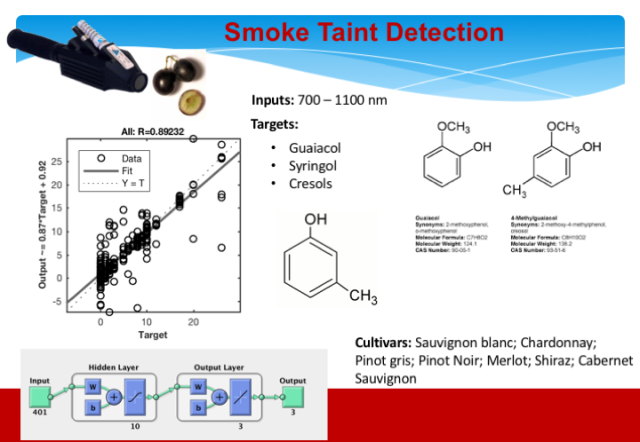“The science of today is the technology of tomorrow.”
– Edward Teller
If you googled Teller, you would find some controversial facts. However, that aside, Teller did capture, in his quote, the “power” that science has in shaping the world we live in tomorrow. A world that is increasingly, or might I say, already, immersed in technology. But “with great power comes great responsibility”, and it is in this light that the Networked Society Symposium 2017 (NSS’17) kicked off.
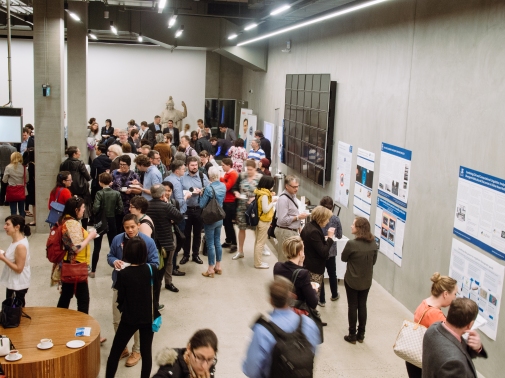
The Digital Blue and Environmental Green
As individuals from different fields of research were seated in the B117 Theatre of the Melbourne School of Design, the stage was set for the “celebration” of interdisciplinary research. Interdisciplinary research that would have positive impacts and practical applications. As Professor Luciano Floridi, Director of the Digital Ethics Lab at Oxford Internet Institute, articulated, we, as the current generation, have the responsibility to build the foundations of a future society that future generations will be thankful for.
With the digital world, the features of our reality are being coupled, decoupled, and recoupled, or as we more commonly say, using the more “charged” term, disrupted. An example would be the decoupling of location and presence (Floridi, 2017). Whilst you physically enjoy a glass of Sauvignon Blanc at home, your interactions are with other users on a Facebook wine club page. Thus, your location is in Melbourne, but your presence is online, and your reach is global. This is just a simple example of how technology is “cleaving” at the features of our reality.
However, as we delved deeper “into the seeds of time”, it has not just been the clear-cut prediction of “which grain will grow and which will not” (Macbeth, 1.3.159-162). Instead, the “weeds’ of uncertainty and challenges have also surfaced. Predominantly, the deterioration of our environment in the face of climate change, and how we would shape our digital world with it. As such, how can we nurture the desirable and neutralise the undesirable?
Nurturing the desirable: Urban Green Spaces
With climate change, Australia is experiencing more frequent and hotter “hot days”, with heat waves increasing in duration, frequency, and intensity (CSIRO & Bureau of Meteorology, 2015). As such, Urban Green Spaces have become crucial in cooling urban heat islands and providing refuge against harmful air pollutants or the “concrete jungle” itself.
At NSS’17, interdisciplinary research on Urban Green Spaces involved technologies such as sensor networks, remote sensing cameras, and social media. Sensor networks were able to detect “microclimate” changes in temperature, humidity, and solar radiation, between grey (concrete) and green (greenery) areas. Furthermore, remote sensing cameras, mounted onto vehicles, yielded real-time thermal and visible images, that would be used in monitoring tree-health in city centres. And with social media, an analysis of positive and negative sentiments “tweeted” by Twitter users at existing Urban Green Spaces, indicated the influence of these spaces on human wellbeing. Thus, with these, the existence of Urban Green Spaces can be justified as beneficial, and the nurturing of desirable designs can be enhanced and propagated effectively alongside urbanisation.
Nurturing the desirable: Digital Vineyards
Besides Urban Green Spaces, interdisciplinary research has also yielded how technology can transform the agriculture industry for the better. This is seen in the development of “digital vineyards” to combat smoke contamination in vineyards as a result of increased bush fires in Victoria, Australia. With bush fires now occurring from October to March, smoke contamination in vineyards are on the rise. And with the accumulation of smoke-related compounds, known as guaiacol glycoconjugates, in grapes, these compounds are resulting in undesirable aromas and flavours in wine, thereby reducing their value (Fuentes & Tongson, 2017).
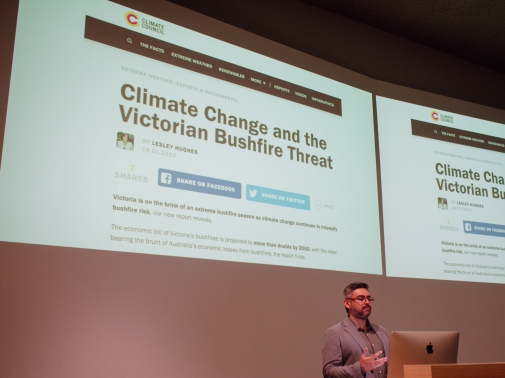
As such, by combining the use of Unmanned Aerial Vehicles (UAVs) and remote sensing with agricultural science, real-time Infrared Thermography Imaging (IRTI) would be able to recognise smoke contaminated vineyard canopies by detecting pattern changes in leaf conductance. The presence of smoke-related compounds in berries could also be detected using non-invasive Near Infrared Spectroscopy (NIR), which determines the composition of berries. Thus, as Dr Sigfredo Fuentes, Senior Lecturer in Wine Science at the University of Melbourne, presented, smoke-contaminated areas could be mapped and differential harvesting could occur.
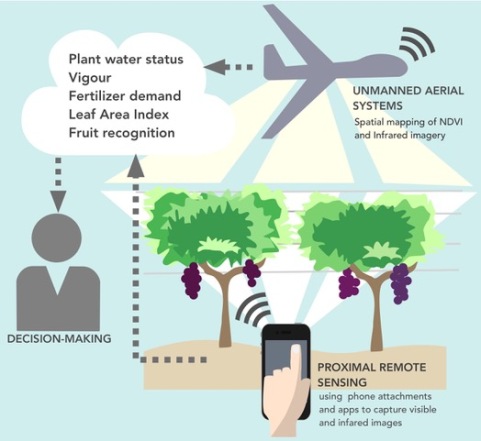
Neutralising the undesirable: Getting it “right”
Whilst digital vineyards are viewed as a solution to bush fire smoke contamination, other areas of fundamental industries, such as law, are facing “warning signs” of undesirable outcomes. Particularly in “how” we will regulate the access to law without the actual access to lawyers. And with the adoption of open data, “how” we will adapt to the use of it, especially with increasing concerns over data privacy.
But if done “right”, in terms of enhancing the “human” in our digital projects, whereby the technologies we build are “open, tolerant, equitable, just, and supportive” for both humans and the environment to flourish, the digital world can be for the better (Floridi, 2017). And as I once asked an 83 year old man on “what not to do in life”, he quoted Charles Dickens’ “a heart that never hardens, a temper that never tires, and a touch that never hurts”. Perhaps what we need then, is technology that would never harden our humanity, nor tire ourselves from bettering our designs, and most importantly, technology that would never hurt ourselves. With this, the NSS’17 concluded with the mindset for design to be for the long-term sustainability of humans in the digital world.
References
Floridi, L. Philos. Technol. (2017) 30: 123. https://doi.org/10.1007/s13347-017-0259-1
CSIRO and Bureau of Meteorology 2015, Climate Change in Australia Information for Australia’s Natural Resource Management Regions: Technical Report, CSIRO and Bureau of Meteorology, Australia
Fuentes, S. and Tongson, E., 2017. Vineyard technology: Advances in smoke contamination detection systems for grapevine canopies and berries. Wine & Viticulture Journal, 32(3), p.36.

